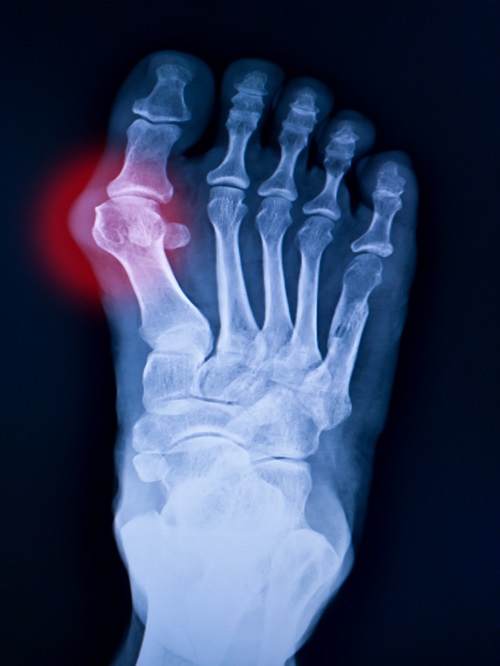Emergency care for these issues involves the rapid diagnosis and treatment of injuries, infections, or other acute conditions.
Common Foot and Ankle Emergencies
Fractures: Broken bones in the foot or ankle caused by falls, accidents, or impact.
Sprains and Strains: Damage to ligaments or muscles, often from twisting or rolling the ankle.
Dislocations: Bones forced out of their normal positions, often at joints.
Lacerations or Puncture Wounds: Deep cuts or injuries that may risk infection or damage underlying structures.
Infections:
Cellulitis: A bacterial infection that causes redness, swelling, and pain.
Diabetic Foot Infections: Including ulcers and gangrene, which require urgent care to prevent complications.
Severe Pain or Swelling: Sudden and unexplained swelling or pain could indicate conditions like compartment syndrome or deep vein thrombosis (DVT).
Foreign Objects: Glass, splinters, or other debris lodged in the foot, causing pain or risk of infection.
Pain and Swelling Control:
Medications like anti-inflammatories, cold therapy, or elevation to reduce swelling and manage pain. Special Considerations for Diabetic Patients Diabetic patients are particularly vulnerable to foot emergencies due to: Reduced sensation from neuropathy, leading to unnoticed injuries. Poor circulation, slowing healing. Increased risk of infection. Immediate care for diabetic foot emergencies focuses on preventing complications, including amputation. Preventing Foot and Ankle Emergencies Wear appropriate footwear for activities. Warm up before exercise to prevent injuries. Keep feet clean and inspect them regularly, especially if you have diabetes. Seek prompt care for minor injuries to avoid escalation. Emergency care for foot and ankle conditions is crucial for maintaining long-term mobility and function. If you experience any of the warning signs, seeking immediate medical attention from Dr. Paul Bishop for emergency Care. Please call 480-342-9999.
